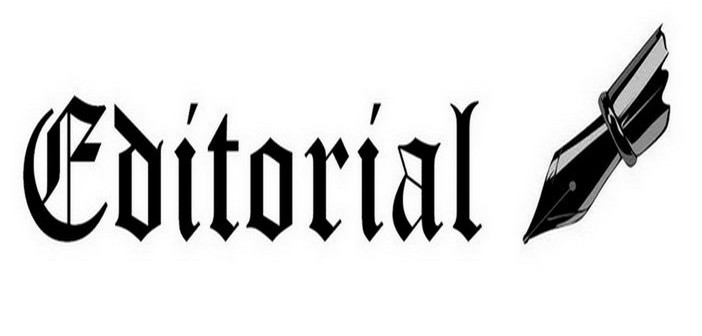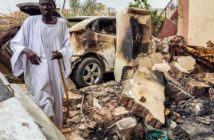The new era of Sunni Islam has begun. It is political and revolutionary.
Ar-Raqqa, Deirez-Zor, Mosul, Fallujah, Ramadi, Palmyra… Since spring 2013, the Islamic State (IS) expands like an oil stain across the Sunni Arab populations of Syria and Iraq, as a sworn enemy of the Assad regime and even more of the Shia militia, unleashed by the Baghdad government, and a puppet of Tehran, who can no longer hold back its dogs.
In Iraq, the abuses of Shia militia are indeed multiplied, with violence against Sunni villagers, who in their uncertainty and division turn to the Jihad; populations that are mainly rural and whose lifestyle is, at the end of the day, only little different to that, which Daesh wants to ‘impose’ on them – according to the Western media.
Today they are present in many suburbs of Homs, Aleppo and Damascus, very close to Bagdad; the Islamic State threatens Lebanon and may have already infiltrated Jordan… as well as many North African and European states.
No sign announces their retreat and even less the disappearance of this regional cataclysm, which in few months has gained international importance. Neither their defeat at Tikrit, a city located in a region that is not entirely under control of the IS and has hence not really been defended from the Shia militias of Iraq, which has been wrongly interpreted with euphoria as the proof of the weakness of Jihadism. Neither the provisory victory of the YPG, the Kurdish forces of Syria, in Tal-Abyad, a Sunni place, hostile to Kurds, who actually lack troops to permanently settle there.
On the contrary, fighters of the Jihad continue to come to the Middle East from all over the world and flow onto their enemies with a worrying savagery, driven by unconditional faith.
Those are the images, nearly surreal, of regular armies in retreat, taken by irrational panic, that have accompanied the conquests of Ramadi and Palmyra, in May 2015, the same images that had been seen in Mosul, in June of last year.
The only chink in the armour is the air force … the lack of an air force. The IS does not have any fighter plane and its adversaries have the advantage of total mastery of the sky. A useless advantage when the fighting happens on rough terrain or in urban environments, but nonetheless a trump card when the progressing columns of the IS can be destroyed and forced to retreat, as the air strikes of the international coalition have shown, when Islamic troops were marching on Erbil, crossing the vast plain of Ninive, and also preventing the fall of Kobané…
Nonetheless, if the air strikes can, in some cases, halt the expansion of the IS for a moment, they can not eradiate the IS from the map of the Middle East. To uproot the Islamic State, at its current point of development, the Syrian and Iraqi armies need Western reinforcements.
But which governments, of Paris, Washington, Rome, London, Ottawa, Berlin or Brussels, would wish to take the risk of seeing on TV some of their own soldiers being grilled alive in an iron cage?
The reality of a ‘new Middle-East’, that is not that, which most had predicted and others are now redesigning, breaching the inherited lines of colonisation; the materialisation of a state in creation, which is getting onto its feet in the heart of the Sunni world, a world that is awake and has turned the page on the Sykes-Picot agreements and has entered in a radical reaction against America, against everything it represents and forty years of imposed wars, and against its new occasional ally, Shia Iran…
A swing, in the colours of instantaneous photography that even the formerly swaggering and stuttering rhetoric of an arrogant West hesitates to continue denying.



